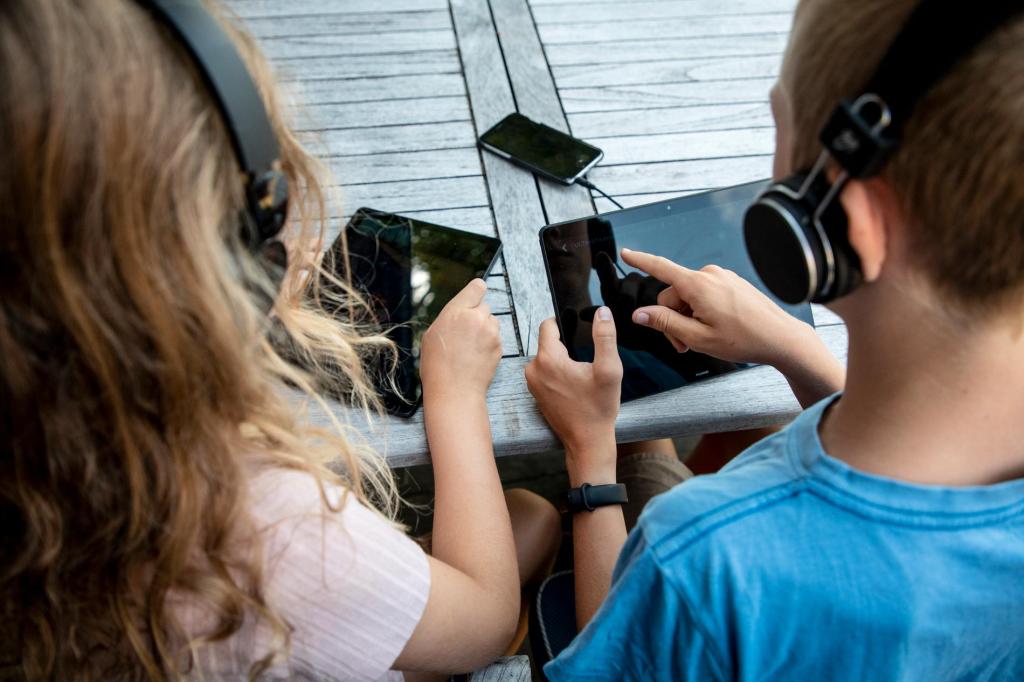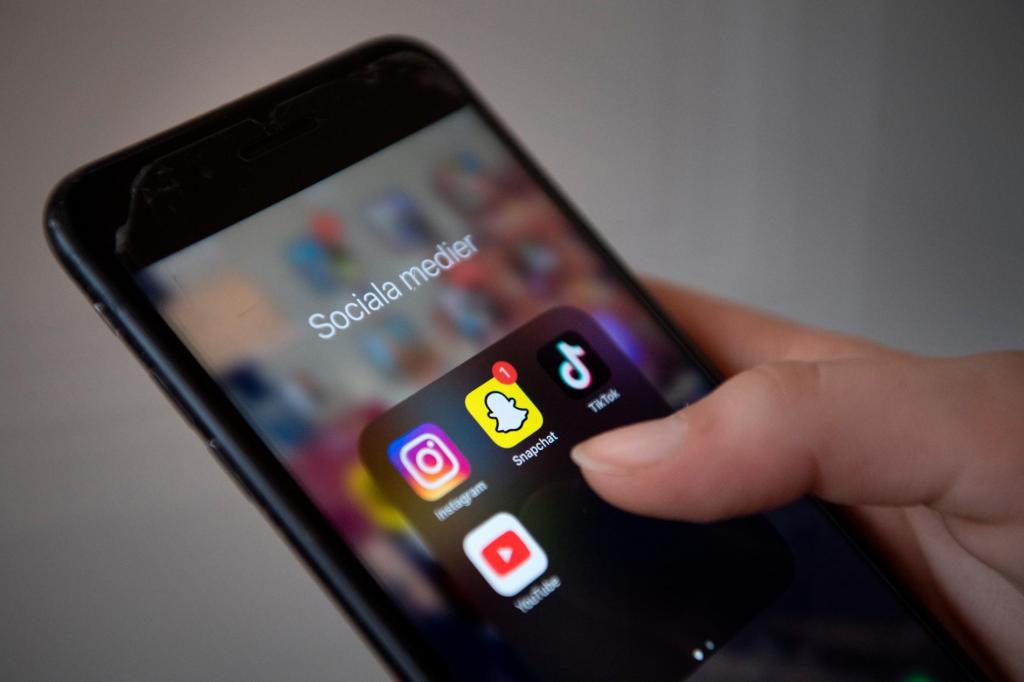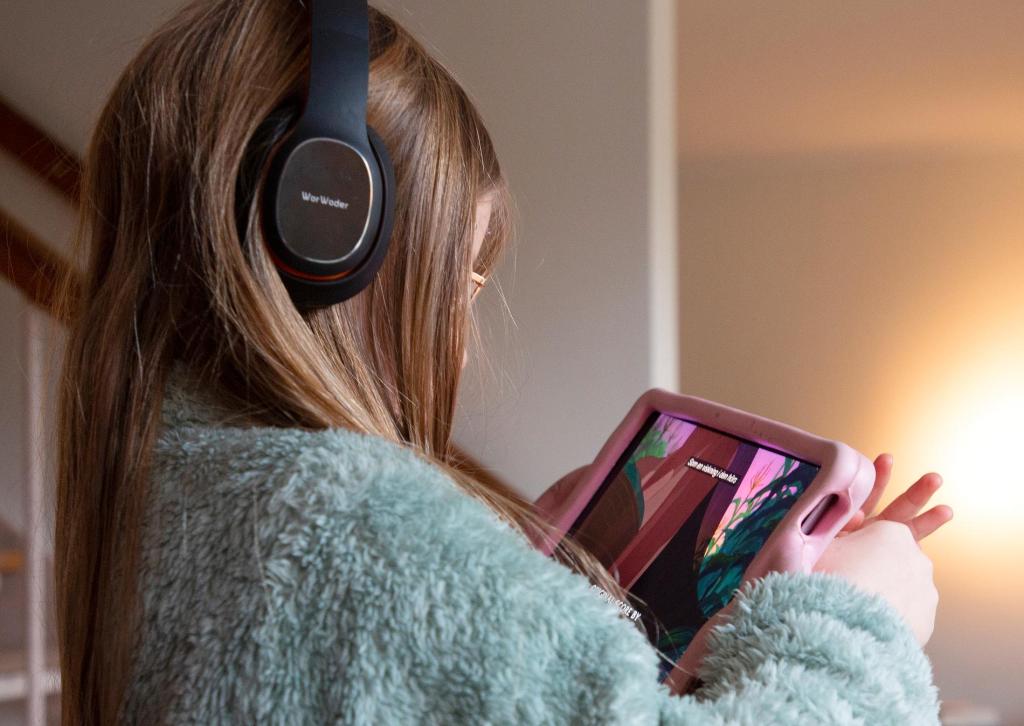Navigating Screen Time Guidelines for Healthy Children
Explore essential screen time guidelines to promote healthy habits for children, balancing digital engagement with physical activity and meaningful interactions.

Key Points
- The Swedish Public Health Agency
recommends strict screen time limits for children: none for under 2, one hour for ages 2-5, and up to three hours for teens.
- Parental involvement is crucial in guiding children’s screen usage and modeling healthy digital habits.
- Tech companies are encouraged to implement better age verification and reduce addictive design features to support healthier screen time practices.
In today's technology-driven world, the debate around children's screen time has never been more critical. With smartphones, tablets, and various digital platforms permeating our daily lives, understanding how to strike a balance for our children's well-being is paramount. Recently, the Swedish Public Health Agency released new guidelines aimed at informing parents and guardians about healthy screen time limits. These recommendations emphasize the importance of creating a balanced lifestyle that includes physical activity, adequate sleep, and social interaction. This blog post will explore these guidelines, the underlying concerns they address, and actionable strategies for parents.

Understanding the Guidelines
The recent recommendations categorize children based on their ages, highlighting a one-size-fits-all approach doesn't apply to screen time. The guidelines suggest:
- Children under 2 years: Ideally, no screen time at all. This milestone is crucial for developing foundational skills through direct interactions.
- Ages 2-5 years: Limit screen usage to a maximum of one hour per day. Importantly, parents should engage with children during this time to discuss content.
- Ages 6-12 years: Up to two hours per day, with parental supervision to ensure age-appropriate content.
- Ages 13-18 years: Limit to a maximum of three hours, with recommendations encouraging teens to self-reflect on their digital habits.
These established limits stem from research showing that excessive screen time can lead to various health issues, including sleep deprivation and increased rates of anxiety. Swedish teens currently average 6.5 hours of screen time outside of school activities, leaving little room for vital physical and social interactions. With a significant percentage of youths reporting feelings of isolation and mental health challenges, these guidelines are timely and vital.

The Importance of Parental Guidance
One of the most compelling aspects of the guidelines is the emphasis on parental involvement. Parents play an essential role in modeling healthy screen habits. This influence can shape children's understanding of technology and its proper usage. For instance, when adults participate in screen time by discussing what they watch together, they ensure their children are exposed to constructive content. Additionally, setting family routines that prioritize physical activities or creative play can help divert attention from screens and foster a well-rounded development.
Moreover, the guidelines encourage parents to reflect on their digital habits. Children mimic their caregivers, so it is vital for adults to assess how their screen time might affect their parenting. By acknowledging their own usage patterns, parents can establish healthier digital habits alongside their children.

The Role of Technology Companies
Interestingly, the Swedish Public Health Agency has also called upon tech companies to take responsibility for their products. They noted the need for stricter age verification methods and less addictive design elements in apps and games. By fostering environments that promote healthy use of technology, companies can help alleviate the risks associated with overconsumption.
Ultimately, parents need support from multiple fronts, including governmental guidelines, educational resources, and industry accountability, to foster healthier lifestyles for their children.

Striking a balance between screen time and other fulfilling activities is essential for the holistic health of our children. By adhering to the guidelines set forth by the Swedish Public Health Agency, engaging actively in our children's media consumption, and encouraging outdoor play and creative activities, we can pave the way for a healthier, well-rounded generation. Collectively, let us commit to shaping a future where children thrive, both offline and online.

